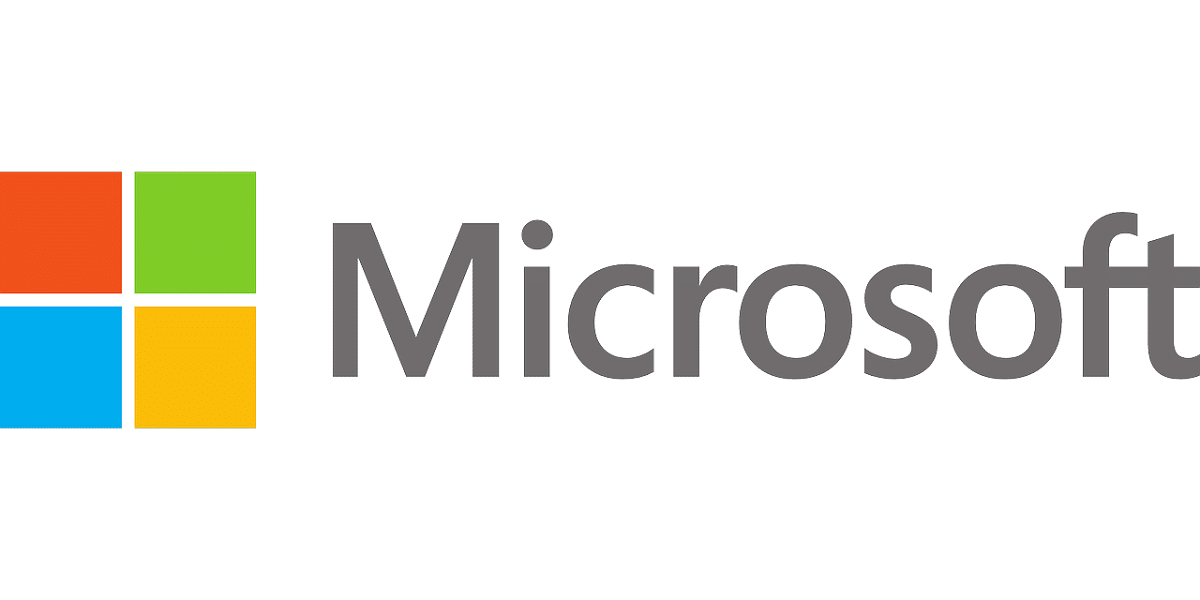
Microsoft unveiled recently released the source code of your extensible storage engine (aka JET Blue) and is available on GitHub.
In the documentation presented by the tool, Microsoft explains that Extensible Storage Engine (ESE) is an advanced ISAM storage technology (indexed and sequential access method). ESE enables applications to store and retrieve table data using sequential or indexed cursor navigation.
It supports denormalized schemas, including wide tables with many sparse columns, multivalued columns, and sparse, rich indexes, and enables applications to enjoy a consistent data state by updating and retrieving processed data. A disaster recovery mechanism is provided to maintain data consistency even in the event of a system failure.
Provides Atomic Consistent Isolated Durable Transactions (ACID) on the data and schema using a write-ahead register and snapshot isolation model. Transactions in ESE are very concurrent, which makes ESE useful for server applications.
Furthermore, it is lightweight, which makes it useful for applications that perform auxiliary functions.
Transactions in ESE are very concurrent, which makes ESE useful for server applications. Caches data to maximize access to high-performance data. Furthermore, it is lightweight, which makes it useful for applications that perform auxiliary functions.
ESE is designed for use in applications that require structured data storage fast and / or lightweight, where access to raw files or the registry does not support the indexing or data size requirements of the application.
It is used by applications that never store more than 1 megabyte of data, and has been used in applications with databases in extreme cases of more than 1 terabyte and usually more than 50 gigabytes.
The Extensible Storage Engine is a Windows component that was introduced in Windows 2000. Not all functions or APIs are available in all versions of Windows operating systems.
ESE provides a user-mode storage engine which manages data within flat binary files accessible through Windows APIs. ESE can be accessed through a DLL which is loaded directly into the application process; the database engine does not require or provide any remote access method.
Although ESE does not have a remote or cross-process access method, the data files you use can be delivered remotely using Server Message Block (SMB) via Windows APIs, but this is not recommended.
The Extensible Storage Engine (ESE) is an advanced indexed and sequential access method (ISAM) storage technology and has been an integral part of Windows for more than a quarter of a century. It first appeared in Windows NT 3.51 and Exchange 4.0 before continuing to have a lifespan spanning today's Windows 10.
Components, such as Windows Search or applications such as Exchange, "store and retrieve table data using indexed or sequential cursor navigation."
“The Extensible Storage Engine (ESE) is one of those rare code bases that has a lifespan of more than 25 years. First released in Windows NT 3.51 and shortly thereafter in Exchange 4.0, rewritten twice in the 90s, and highly updated over the next two decades, it remains a core Microsoft strength to this day.
It runs on hundreds of thousands of machines and millions of disks for major Office 365 mail storage servers. It also runs on large SMP systems with TB of memory for large Active Directory deployments.
While most applications that use it do not exceed the 1MB mark, "extreme cases" do exceed 1TB.
As for what has been put on GitHub, users will be disappointed that the comments have been removed (although the copyright and MIT license are present).
Finally if you are interested in getting the source code, you can do it from this link.